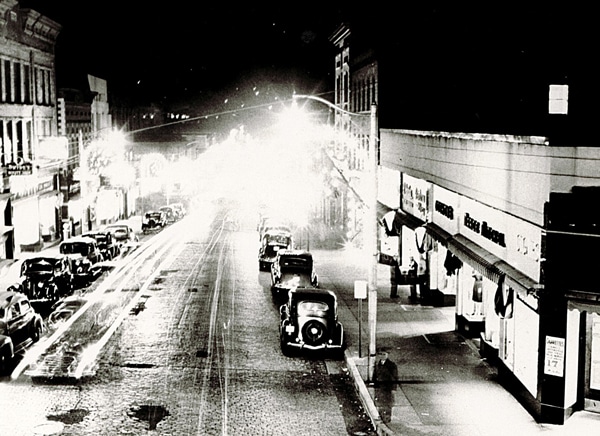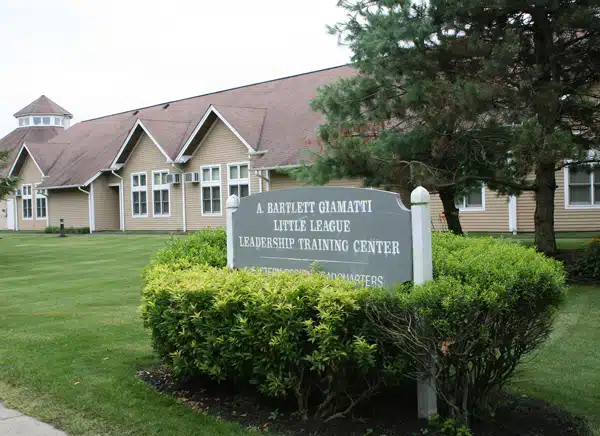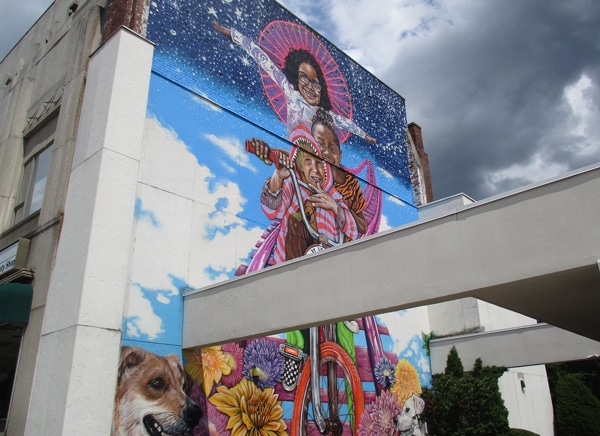Bristol Magazine has partnered with Bristol Historical Society, Bristol Public Library and other local contributors to bring you the latest stories about Bristol, Connecticut’s rich history, thriving local businesses, exciting events, and inspiring people.
Explore Bristol’s fascinating past, support local businesses, and stay informed about community events. From historic landmarks and cultural traditions to modern-day achievements, Bristol Magazine is your source for everything happening in the city.




































Photos courtesy of Bristol Public Library, Bristol Historical Society, Bristol Economic & Community Development.
Bristol, Connecticut, is a city built on history, industry, and resilience. Once a hub for clock manufacturing and industrial innovation, Bristol has grown into a thriving community that honors its past while embracing the future. Explore the city’s evolution from its earliest settlements to its present-day charm. Discover historic landmarks, iconic industries, and the stories of the people who shaped Bristol into what it is today.

Photo courtesy of Bristol Public Library.
Originally known as New Cambridge, the area that would become Bristol was settled in the early 18th century. In 1785, it was incorporated as the town of Bristol, named after Bristol, England. The town's early economy was primarily agricultural, with settlers establishing farms and small businesses.
ConnecticutHistory.org
In the early 19th century, Bristol emerged as a leader in clock manufacturing. Pioneers like Gideon Roberts began producing wooden movement clocks, laying the foundation for a thriving industry. By the 1850s, Bristol was renowned for its clock production, with companies like the E. Ingraham Company contributing to its reputation.
Wikipedia.org
While Bristol was best known for its clocks, the city also played a key role in various other industries, including brass, springs, and hardware manufacturing. Companies like the Wallace Barnes Company, later known as Associated Spring, contributed to Bristol's industrial diversity.
Wikipedia.orgWikipedia.org
The New England Carousel Museum, established in 1990, is a nonprofit museum dedicated to preserving the art and history of carousel craftsmanship. It features an extensive collection of antique carousel horses, hand-carved wooden figures, and memorabilia. Visitors can learn about the evolution of carousel art and even ride a fully restored indoor carousel.
Bristol played a major role in the American clock-making industry, and the American Clock & Watch Museum celebrates that legacy. Founded in 1952, the museum features a vast collection of antique clocks, watches, and horological artifacts, many of which were manufactured in Bristol during its industrial peak.
The Federal Hill Historic District is one of Bristol’s most architecturally and historically significant areas. Developed in the 19th and early 20th centuries, this district was home to prominent industrialists and city leaders. Today, it remains a beautifully preserved example of Victorian and Colonial Revival architecture, with a central green that hosts community events.
The Main Street Historic District represents the economic heart of Bristol during the industrial boom. It features late 19th- and early 20th-century commercial and civic buildings that played a pivotal role in the city’s growth. The district includes notable landmarks such as the Bristol National Bank Building, showcasing Gothic Revival and Art Deco architecture.
Founded in 1846, Lake Compounce is the oldest continuously operating amusement park in North America. Originally a picnic park, it evolved into a full-scale amusement destination featuring historic rides, roller coasters, and a lakefront attraction. It remains one of Connecticut’s most visited attractions.
The Bristol Historical Society Museum is dedicated to preserving and sharing the history of Bristol. Located in the city’s first high school building, the museum offers exhibits, archives, and educational programs that explore Bristol’s industrial, cultural, and social history.